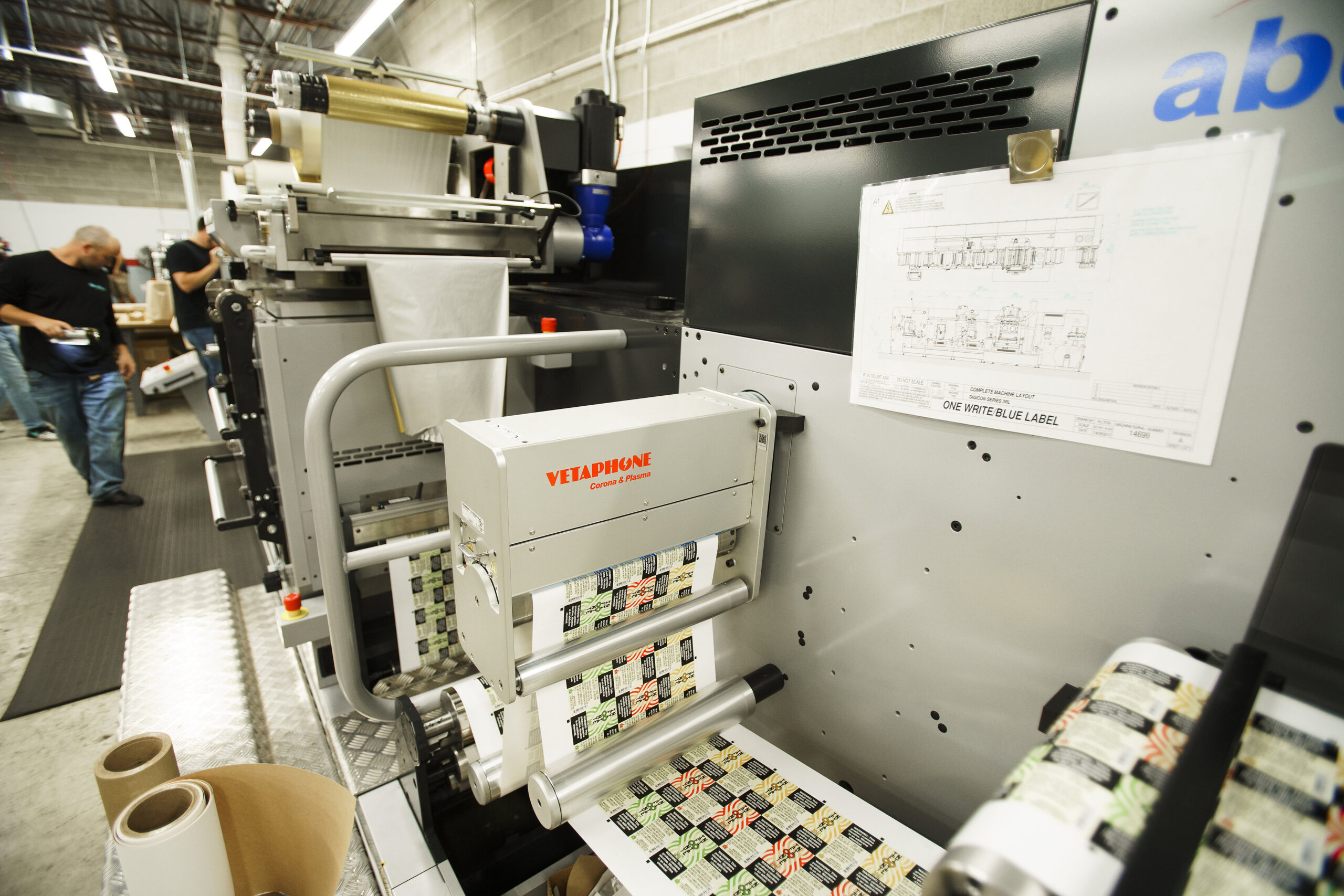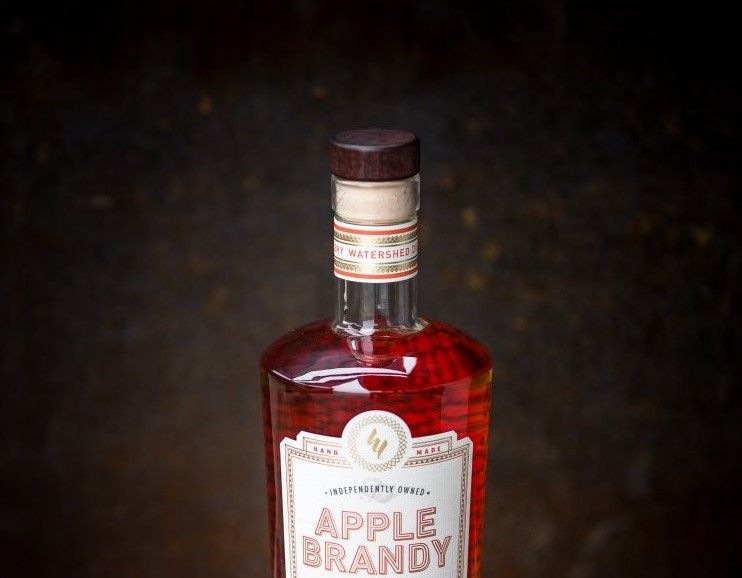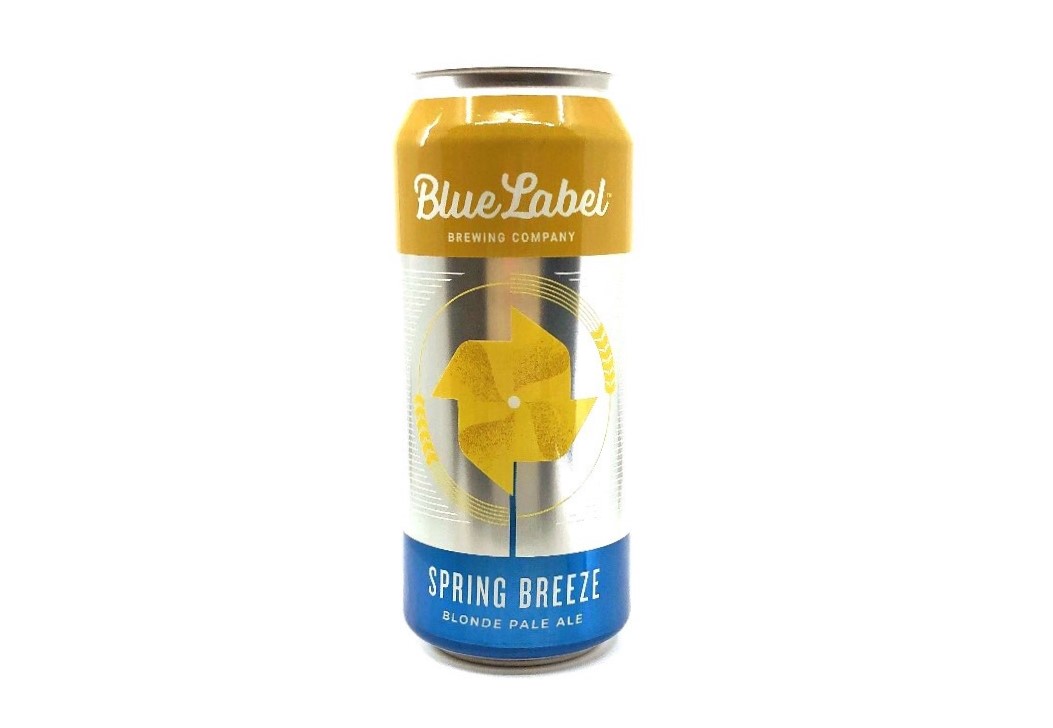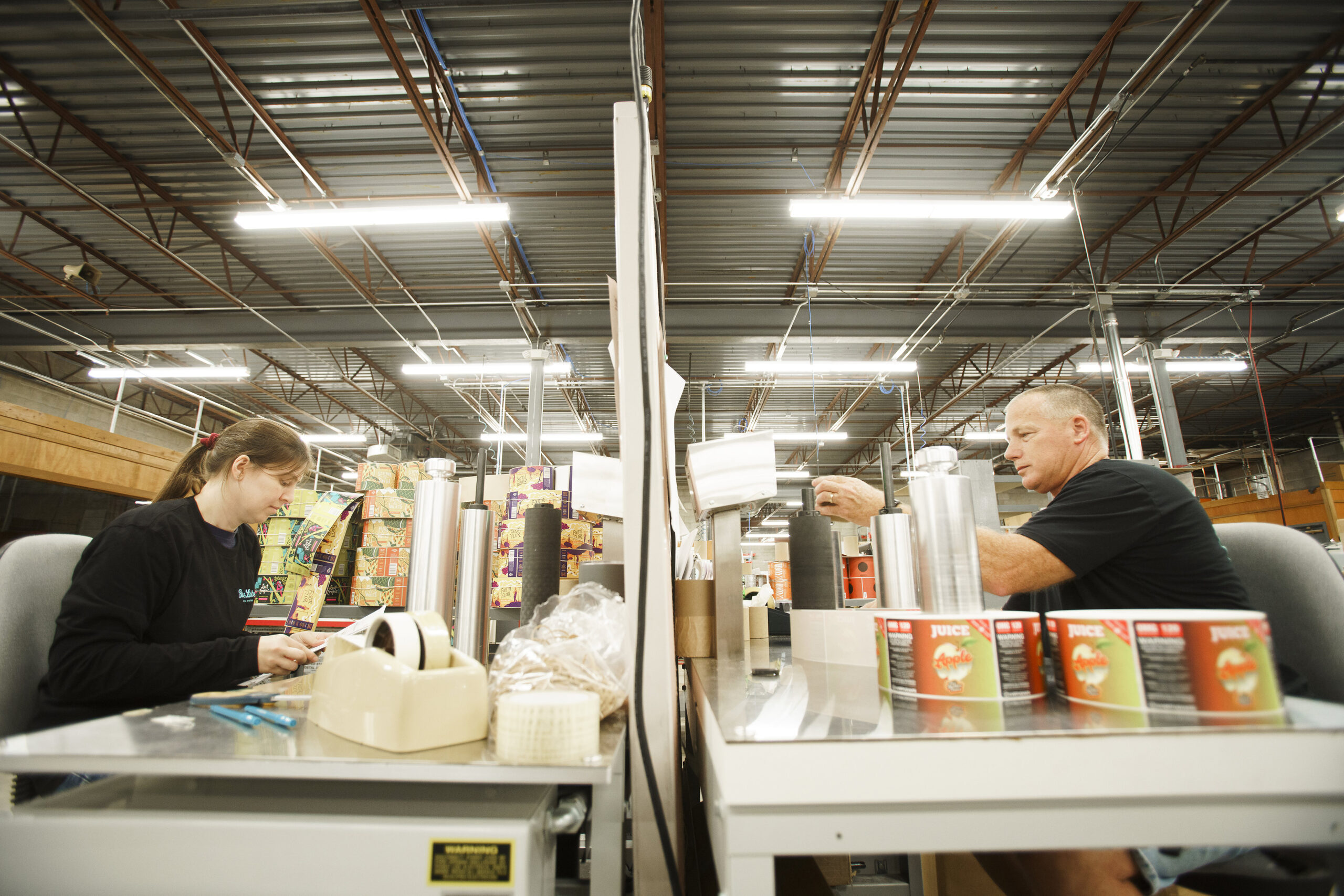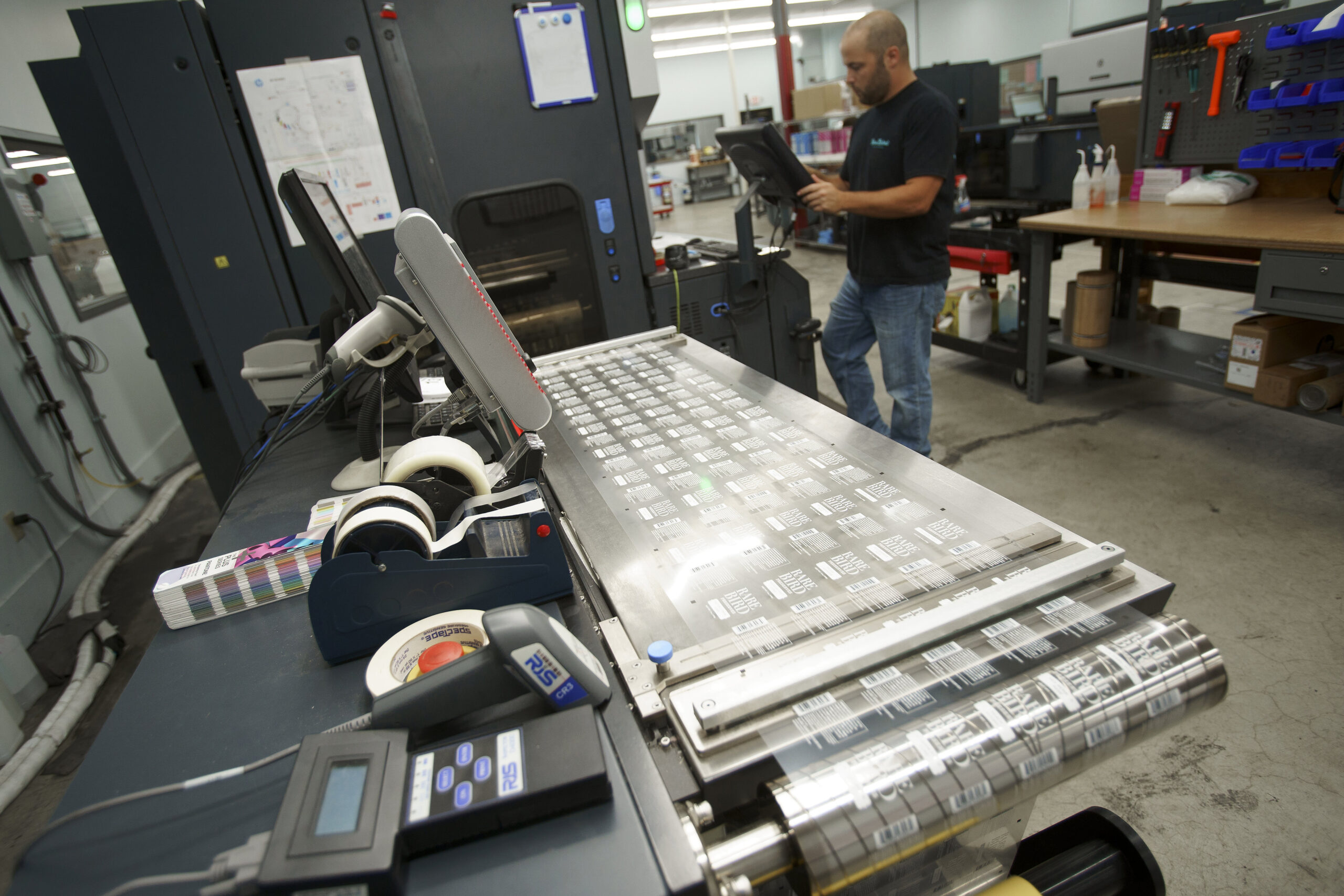The Anatomy of a Wine Label: Everything You Need to Include on the Bottle
- bottle labels
- compliance
- TTB
- wine
Wine labeling printing can be as complex as the contents inside their containers. In addition to looking good, these labels must provide a lot of information for both intrigued customers and government entities. There is a lot to know about a bottle of wine, and it’s the label’s job to communicate that to the consumer.
As we recently discussed, the use of “wine labels” dates all the way back to ancient Egypt, with seals and etchings put in place to improve trade. Over centuries, the practice has evolved a great deal. Now there are federal rules and regulations to obey. Some information is mandatory, and some is nice to have, but everything on your wine labels is meant to properly reflect the quality of the contents within.
From crucial details like the brand, year, and region to more fun facts like flavor notes and pairing suggestions, your label is a story with a designated hierarchy to help you tell the tale. All the while, it’s important to keep in mind that the Alcohol and Tobacco Tax and Trade Bureau (TTB) regulates a lot of what details are required and how you list them. Here’s a breakdown of everything you need to include on wine labels – and some guidance on how you should present these wine labeling requirements.
What Information is Included on Wine Labels?
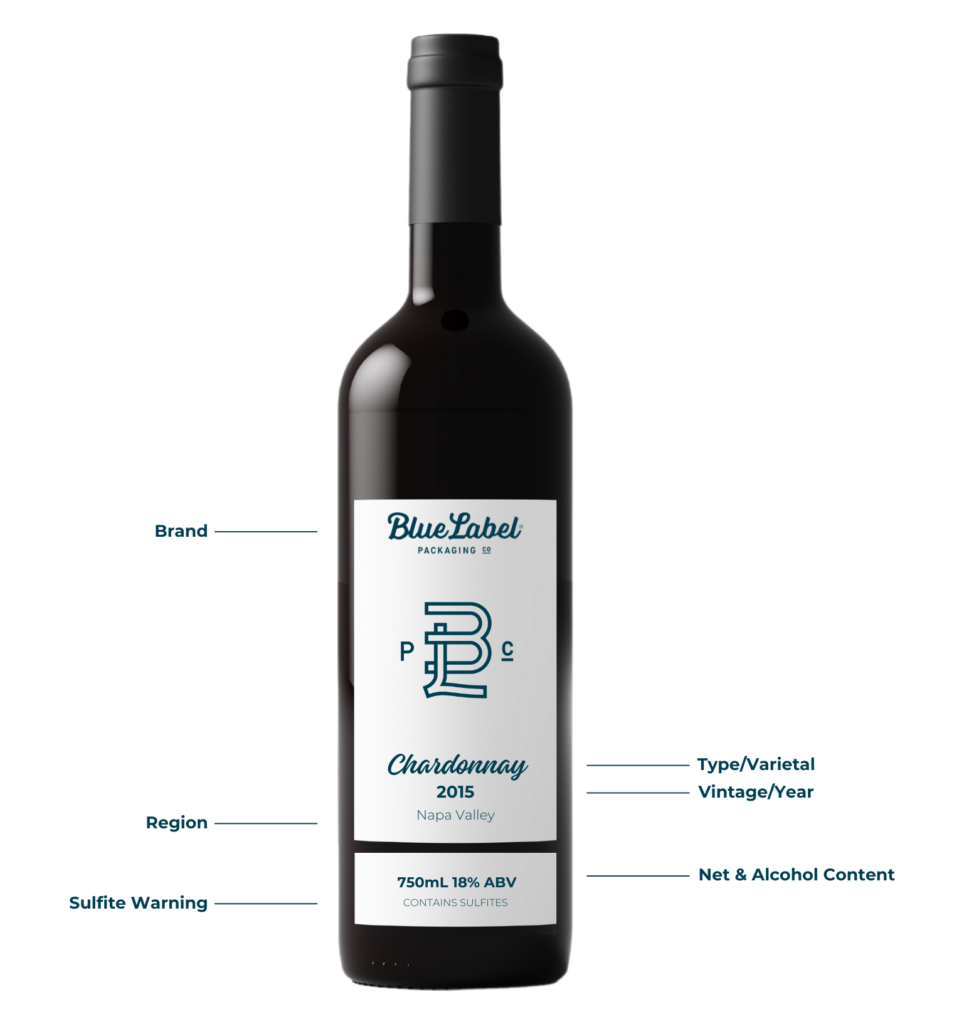
Looking for Custom Wine Labels?
Using high-quality label material, investing in the latest printing technology, continuously improving our processes, and staying on top of industry trends, we make sure wineries around the world are getting the best custom-made wine labels.
Request a Quote Get a Sample Pack
Brand Name
Who made the wine? The winery’s branding will usually appear at the top or bottom of the label (like many French wine labels).
Fanciful Name
What’s the name for this specific wine? While not mandatory, it’s not uncommon for wine labels to feature a secondary name to differentiate separate brands within the same winery.
Brengman Brothers’ “Runaway Hen” is an example of a fanciful name of one of the wine brands they have produced. Keep in mind that fanciful names do not replace the need for a class and designation type. When a fanciful name is used, the TTB requires an additional tax class on the label based on the percentage of alcohol. For example, “red table wine” or “white table wine” are required for wines under 14 percent alcohol, while “red wine” or “white wine” is required for wines above 14 percent alcohol.
Vintage (Year)
When were the grapes harvested? This wine information, while not mandatory, is common among wine labels as it speaks to the quality of the bottle’s contents, especially if you’re up on your vintage variations.
Wine or Varietal Type
As you may have guessed, what kind of wine is in your bottle? This is where the grape or varietal type is communicated, e.g., Sauvignon Blanc, Pinot Noir, etc. It’s required for wines to list a type on the label. In addition, wines that call out a specific varietal name must derive at least 75 percent of the product from the specified grape. Otherwise, the label should have a generic name like “red wine” or something similar.
Appellation (Region)
Where was the wine made? The region of origin breaks down in a few different ways, and there are rules that apply to listing geographic information on wine labels. If a state or county is named, it is federal law that at least 75 percent of the grapes used in production come from said location. If an AVA is cited (an American viticultural area, e.g., Napa Valley), the law states that at least 85 percent of the grapes must come from said area. Certain states also have their own regional laws. For example, California law mandates that 100 percent of the grapes must come from California if the state is named on the bottle.
Producer & Bottler
Where was your product made and bottled? If this location differs from the winery or vineyard, you must print both the name and address of this location on the label.
Alcohol Content
What is the percentage of alcohol by volume (ABV)? Unless it can be deduced from its class (e.g., table wine suggests an ABV of 14 percent or less), this number is required on every label.
Net Contents
How much wine is in the bottle? Whether it’s printed on the label or blown into the glass, this number (expressed in milliliters) must be present on every bottle.
Sulfite Warning
Does this wine have more than 10 parts per million of sulfur dioxide or more? If so, your label must bear a warning that says “CONTAINS SULFITES.”
Government Warning (Most often on the back label)
The Alcoholic Beverage Labeling Act (November, 1988) requires that every label of an alcoholic beverage bare a specific government warning that states:
Government Warning:
(1) According to the Surgeon General, women should not drink alcoholic beverages during pregnancy because of the risk of birth defects.
(2) Consumption of alcoholic beverages impairs your ability to drive a car or operate machinery, and may cause health problems.”
Additional Wine Label Information
Additional messaging may appear on the back label, such as pairing suggestions, flavor notes, and possibly some history on the winery or vineyard. These fun facts are not mandatory, but can serve as helpful hints for thirsty wine enthusiast. You could even include serving facts if you want, although the TTB doesn’t require them for wine labels. Extra details or information can add to the way people perceive our products, so don’t be afraid to add something if it makes sense for your brand.
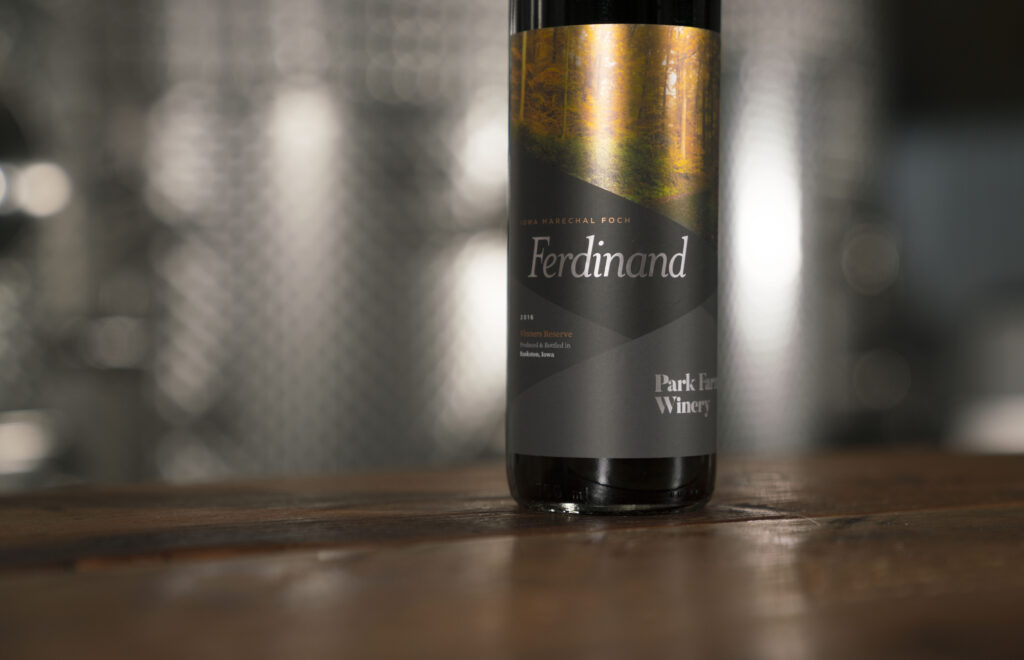
Materials Matter: Choosing the Right Material for Your Wine Bottle Label
When it comes to wine labels, there are a lot of options to consider beyond just paper. The materials used can impact the look, feel, and durability of the label. Paper is a classic choice that offers a range of appearances from smooth to textured. Textured papers give labels a nice vintage, artisanal vibe. Smooth papers convey a cleaner, more modern look.
Another key decision is the coating or finish. Glossy varnishes make the colors vibrant and eye-catching. Satin or matte finishes have a more subtle, soft aesthetic. If the wine will be stored in damp environments like a cellar, extra durable laminate coatings can be applied to protect against moisture damage.
The right materials can enhance the wine branding and convey the desired feeling. This is a good opportunity to get sample labels with different papers and finishes to see what works best for your particular wine.
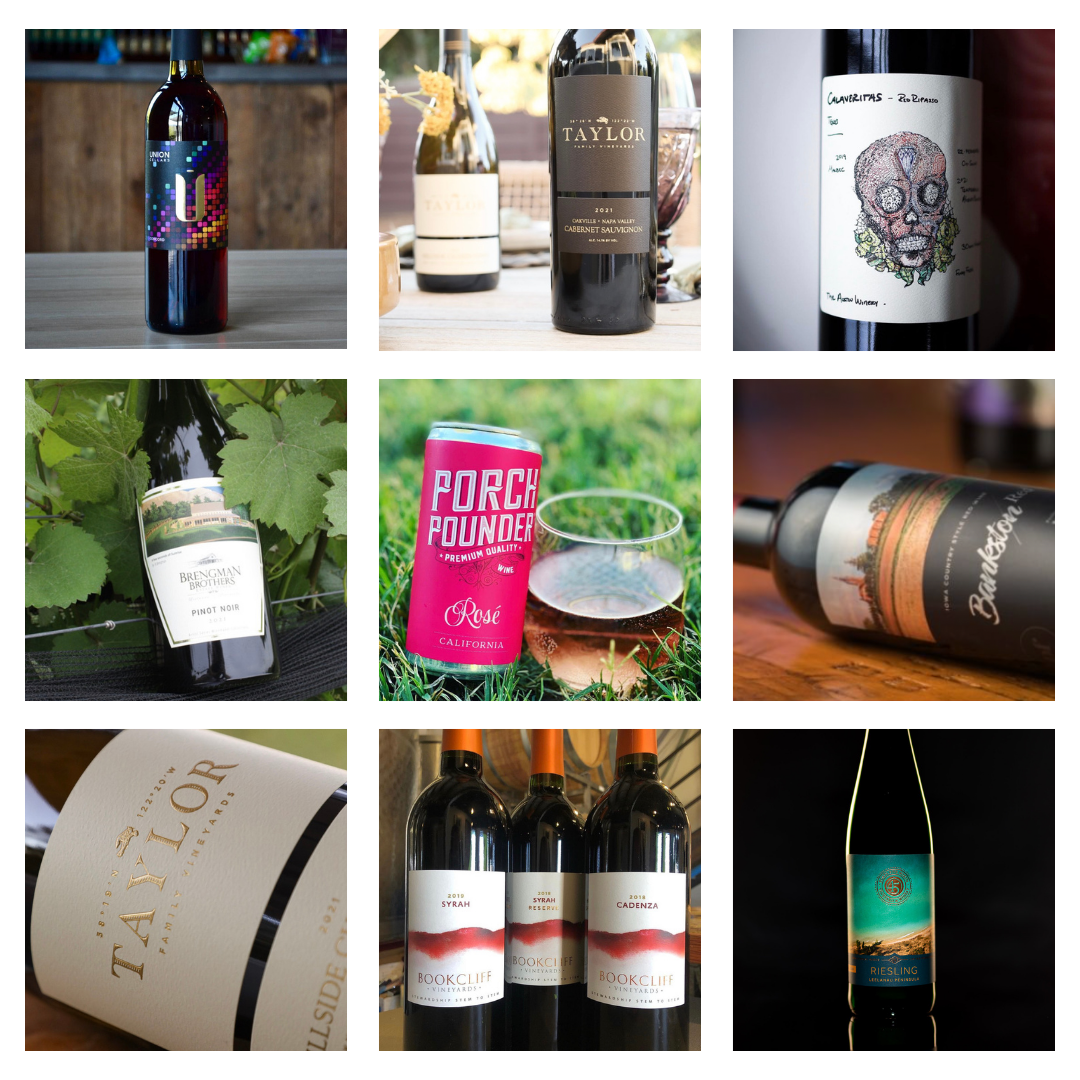
Wine Bottle Design Considerations
When designing your wine bottle labels, it’s important to think about the actual dimensions and shape of the label. Wine bottles come in standard shapes like Bordeaux, Burgundy, and Champagne style, as well as unique custom shapes like asymmetrical hand-blown bottles.
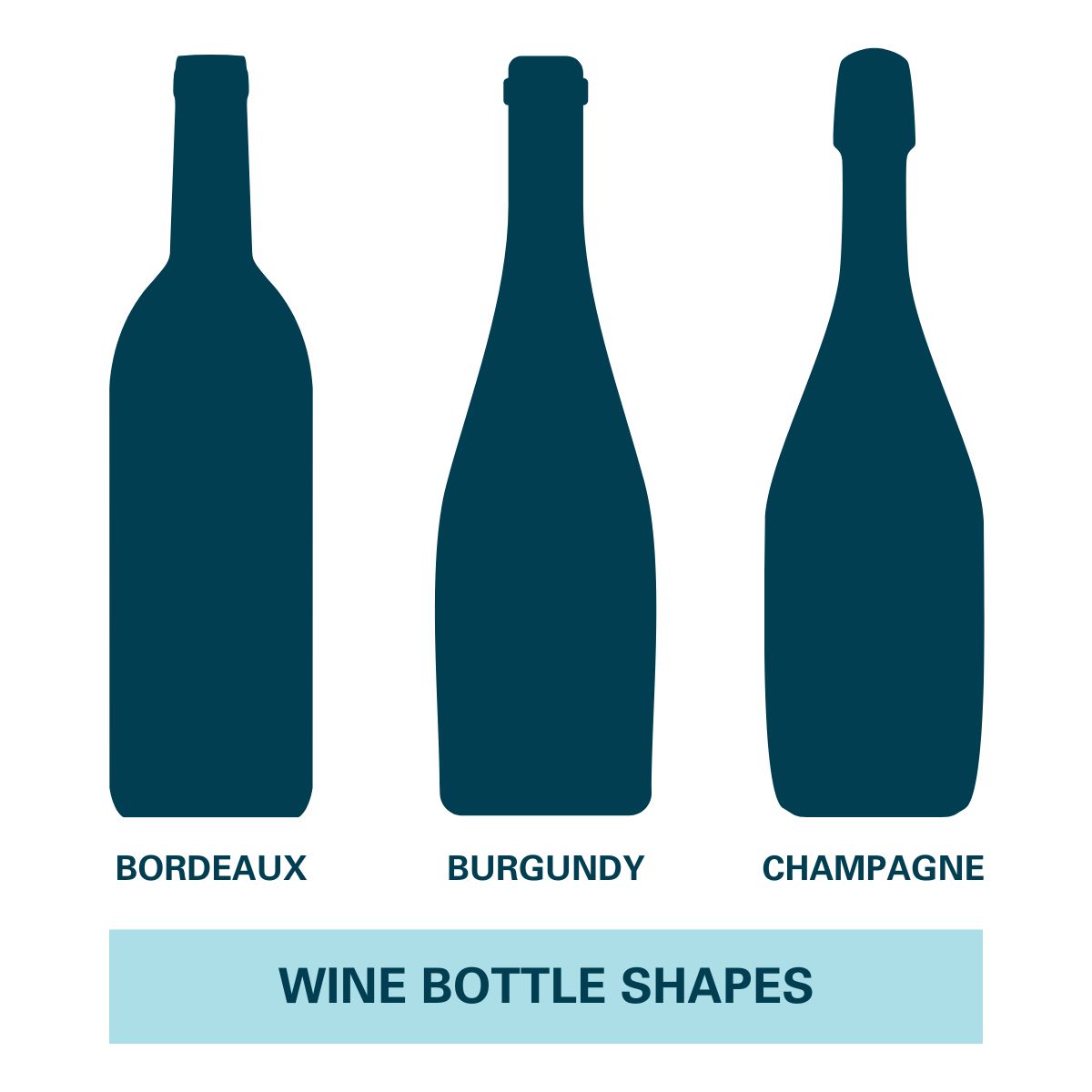
The label shape can mirror the bottle or go for something distinctive like a diamond or circle. Blue Label can print any shape you can dream up. Just be sure to consider the actual label size needed to fit that area of the bottle.
At Blue Label, our preferred label artwork file is a Adobe Illustrator file or high-resolution PDF. This allows our team to verify label dimensions. You’ll get a proof via email, and we’ll make sure your artwork translates smoothly into the printing process.
With the endless variety of wine bottle shapes and sizes, custom tailored labels make a big impact.
Make Your Wine Labels Stand Out from the Crowd
Now that you’ve got the crucial wine bottle info down, it’s time to add the touches that will make it pop off the shelf. Blue Label Packaging Company offers a variety of materials and finishes to help you create a custom wine label that will do your product justice.
There are plenty of ways to help you communicate the quality and style of your wine through packaging. If you’ve got a bold and complex Cabernet, a matte material seems like a nice pairing. A light, crisp Sauvignon Blanc? A glossy finish has a nice effect! Got an organic grape? An earthy craft paper is an excellent choice.
Once you’ve chosen your material, consider special treatments for a little something extra. Spot varnishes are a great way to highlight the label information you’re particularly proud of (e.g., a private reserve; a vintner’s selection) or a special design element. Also, details like hot foil stamping and embossed textures add a level of sophistication wine lovers will appreciate.
Your custom wine labels deserve the very best. Our facility offers the highest quality, the most flexibility, and the fastest processing, printing, and shipping times— five business days from the time you approve your artwork (because not everything gets better with age). Get in touch with us today to get the barrel rolling on your next wine labeling project.
*after artwork approval
